The following text contains the ‘subject and initial explanation’ of the topic that was presented on April 6, 2023. Since then, the content has been developed in more detail.
“Young and avant-garde artists play a vital role in the cultural landscape of every big city. The abundance of exhibitions, galleries, museum showcases, and events draws these artists, providing them with numerous outlets for creative expression. However, life in major global cities comes with intense competition, limited opportunities for solo exhibitions, expensive rents for both living and gallery spaces, and sometimes difficult living conditions. Many artists are well aware of these challenges, but they still opt to live in the metropolis.
My longing to explore the world has been a part of me for as long as I can recall. Living in foreign countries has been a way for me to satisfy that desire. I have studied and worked in several major cities, including Amsterdam, Paris, Berlin, Vienna, New York, and Mexico City. Through these experiences, I have come to appreciate both the allure and the challenges of these cities, prompting me to consider the idea of moving to a ‘less glamorous’ location. I wondered if such a move would impact the quality of my artistic work, if I would become isolated from the art world, and if I would lose valuable contacts. However, in 2016, I decided to make the move to Bijeljina, a small town in northeastern Bosnia and Herzegovina.
Surprisingly, this life-altering decision did not hinder my artistic work; on the contrary, it enhanced it. Freed from the pressures of big cities, I found a new sense of freedom and an even stronger creative drive. I made the conscious choice to focus on smaller towns for my future projects. Small towns have been experiencing a decline in population due to migration to larger cities. What may seem unattractive about these smaller towns, such as decreased population, was remarkably appealing to me because of the surplus of vacant properties. For instance, in cities in eastern Germany like Görlitz and Zeitz, or in places like Kozarska Dubica, Orašje, Bihać, or Foča, nearly half of the shops, warehouses, and factories remain unused.
During my master’s studies, I aim to explore vacant spaces in Sarajevo, including the city center, suburbs, and surrounding villages. My goal is to repurpose these spaces in innovative ways, using them for exhibitions or pop-up events. Additionally, I plan to create a map highlighting potential locations for creative activities. If successful, this map could prove valuable to other artists, contributing to the establishment of a new environment for ongoing artistic endeavors. This project represents my efforts as a designer to present abandoned structures from a unique and engaging angle, making them more accessible to future generations of artists, regardless of their background.”
Sarajevo, April 6th, 2023
Interaction/ Typography in Space
I’m presenting projects that were created in the last few months during my stay in Sarajevo. These are small interventions that involve posters, printing on shirts, and other products. I would like to mention that all of these products could be available for sale in the pop-up store.


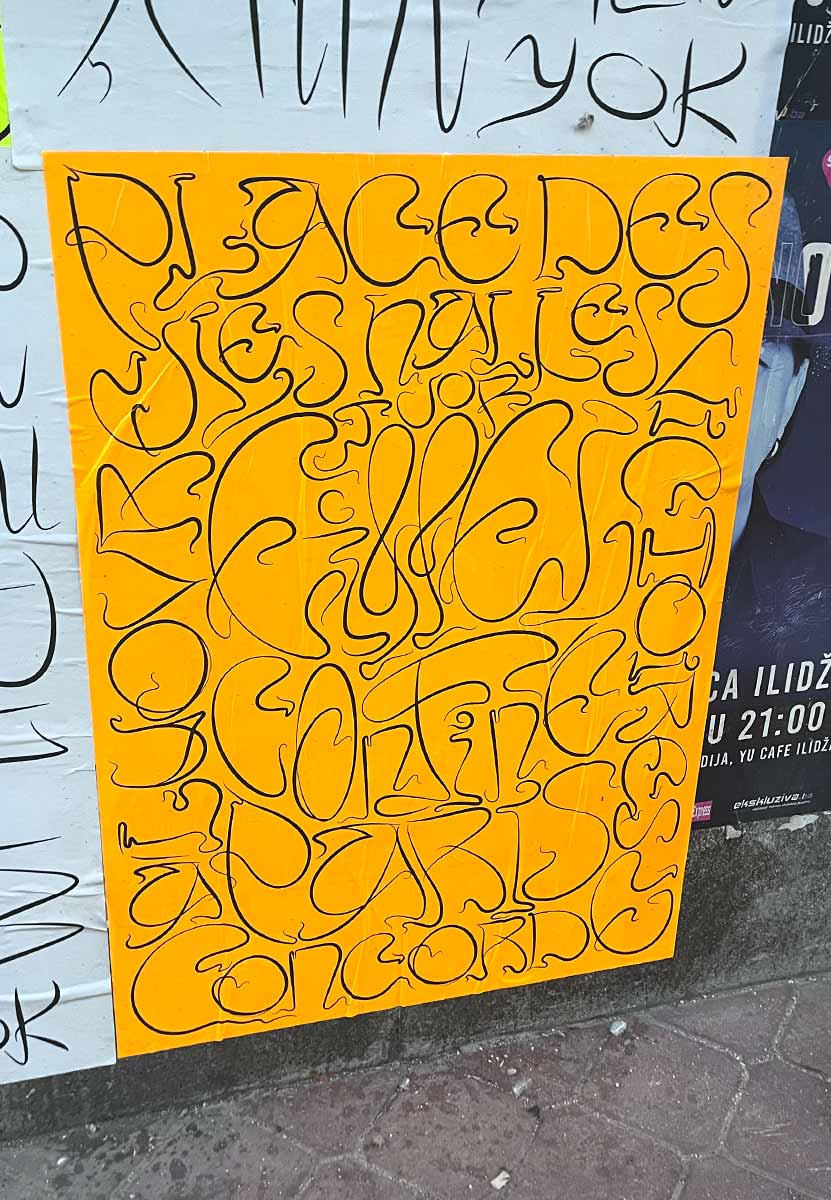


Putting up posters with expressive fonts in the center of Sarajevo.


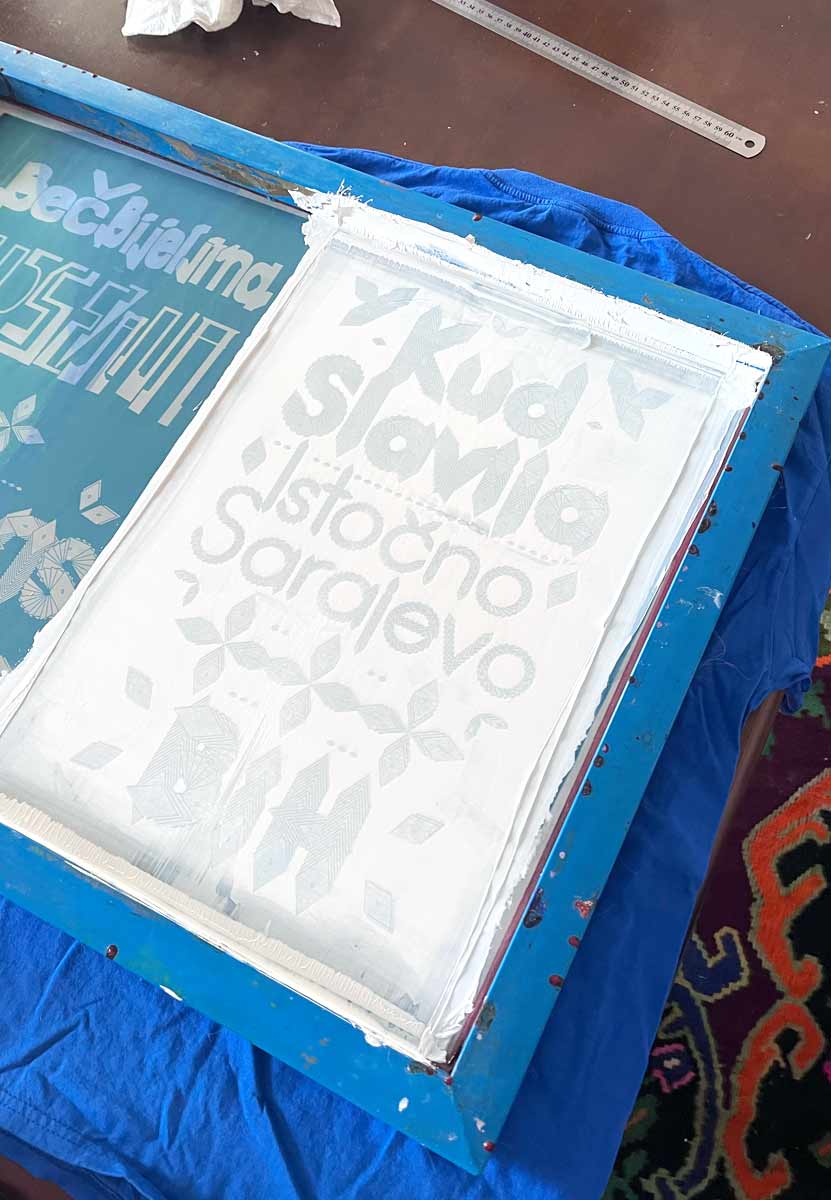



The Sports and Dance Club ‘Slavija’ from the eastern part of Sarajevo has commissioned me to design and screen-print a new logo for the club’s shirts. Inspired by the Sarajevo Field, its typical patterns, and traditional shapes, I created a font that, on one hand, embraces traditional forms and, on the other, conveys a cool and modern vibe.
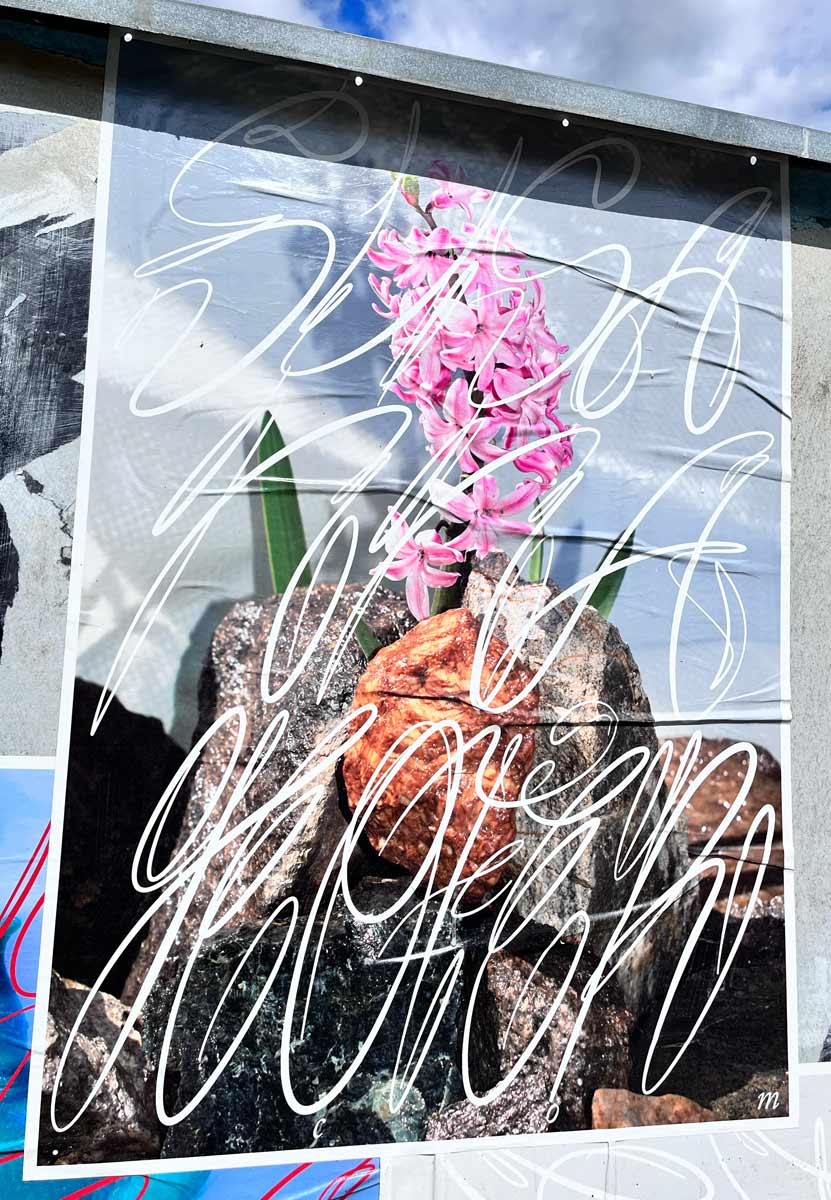
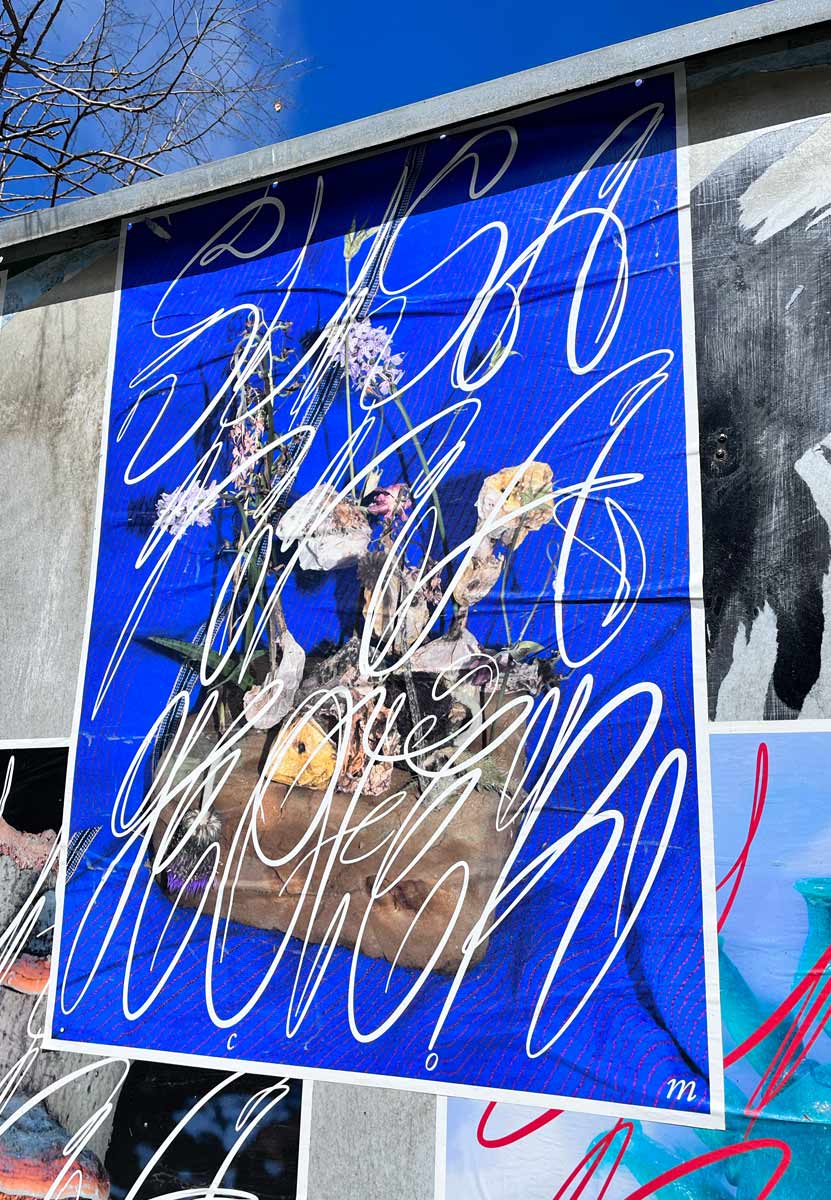

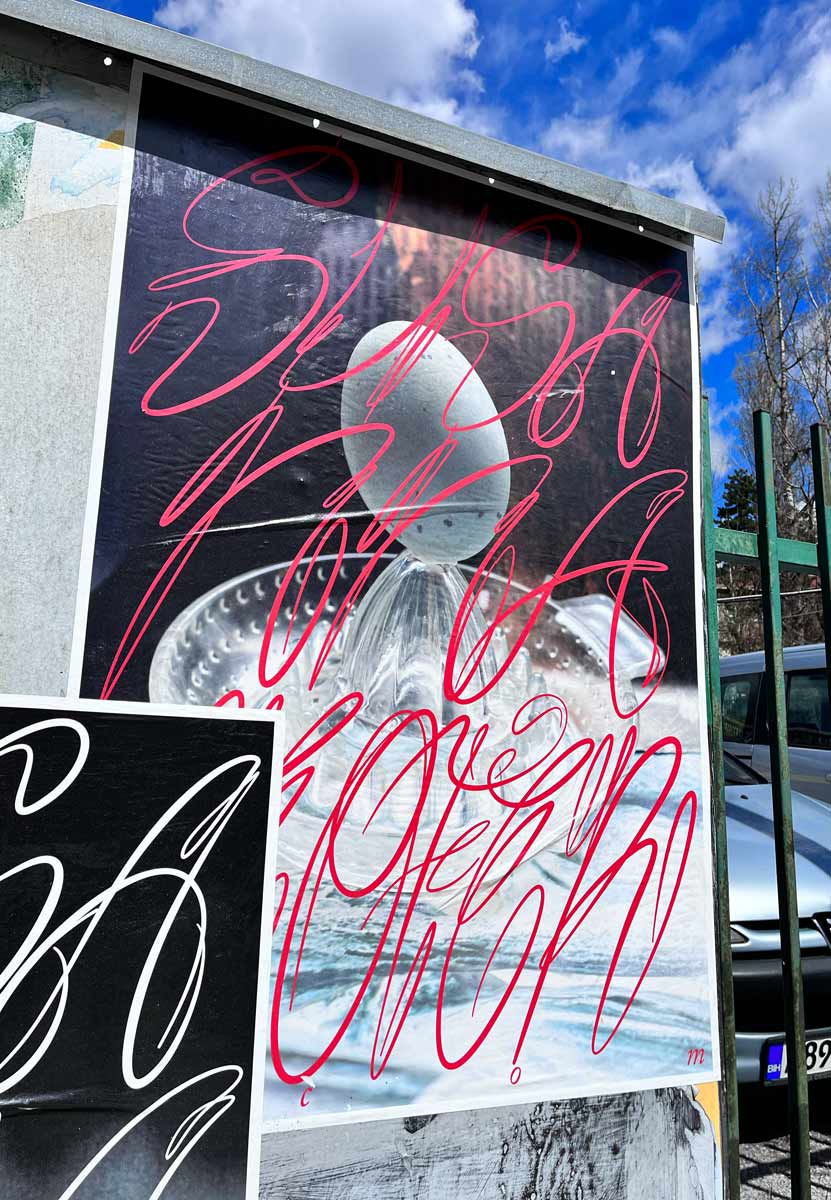

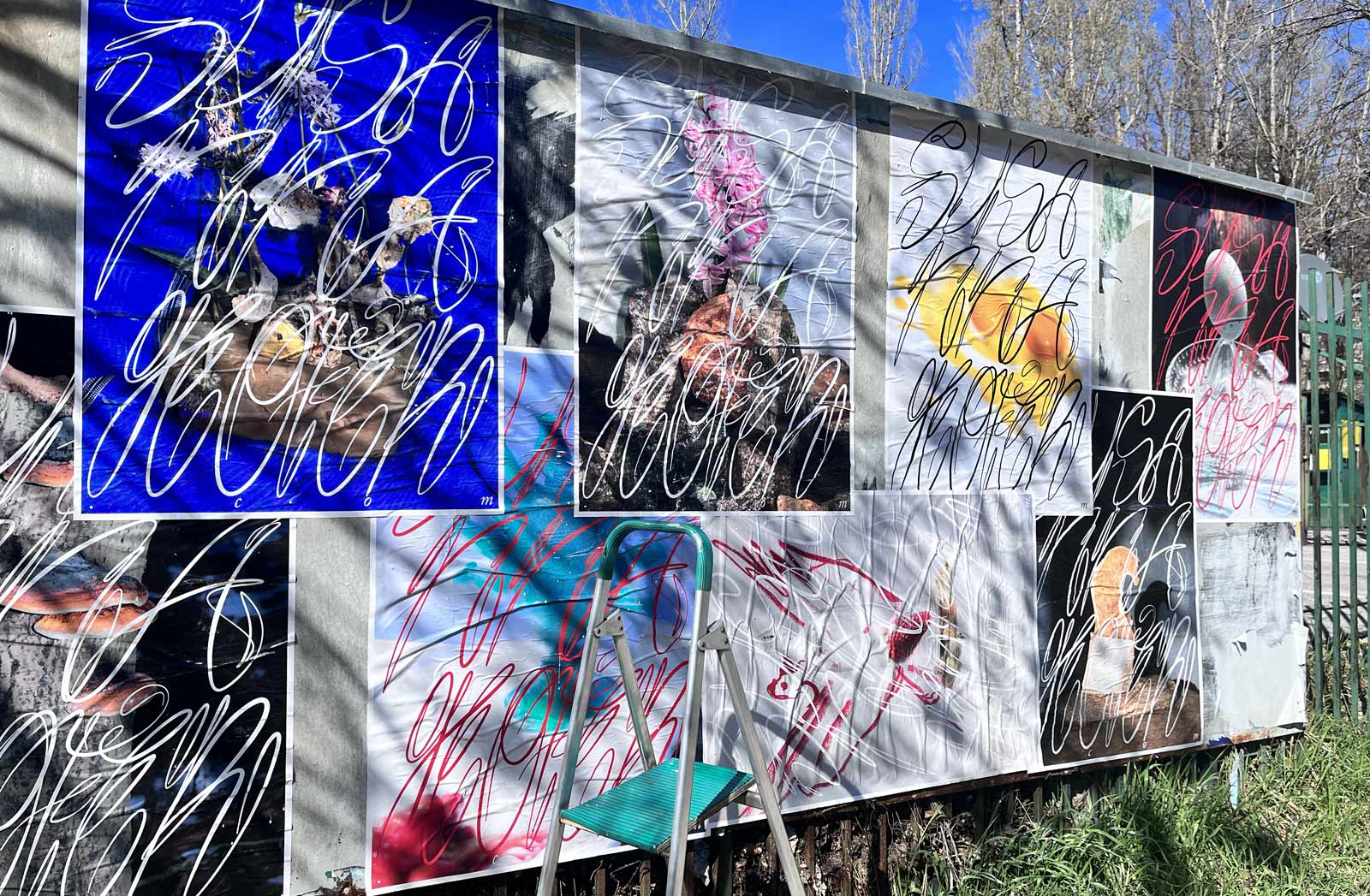
Putting up posters with expressive fonts in the center of Sarajevo.

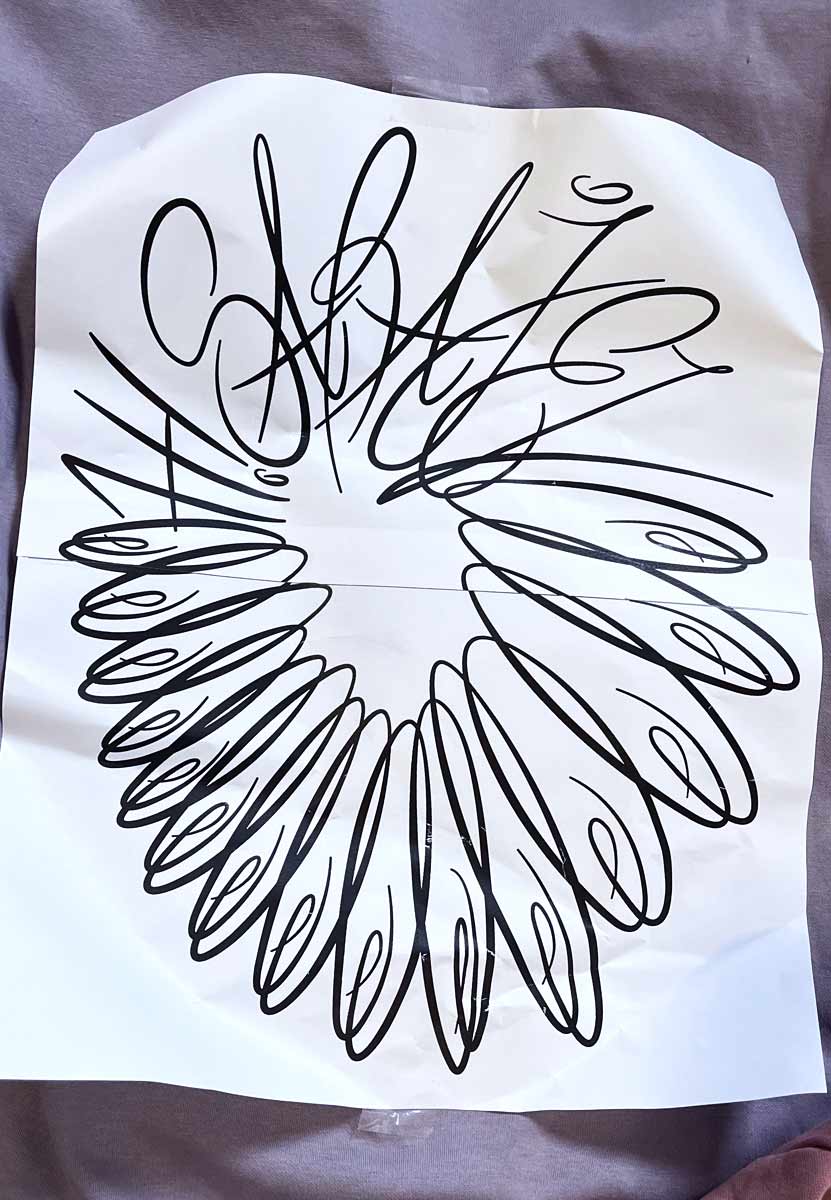


A short video clip with distorted audio sound inspired me to create a font that recalls the distinctive elongation of the city’s name, ‘Sarajevo,’ reminiscent of the Olympic mascot Vučko’s howl. The statement ‘Sarajevouououuuu’ that I’ve written is used for various motives for printing on shirts, which can certainly be utilized for the future pop-up store.


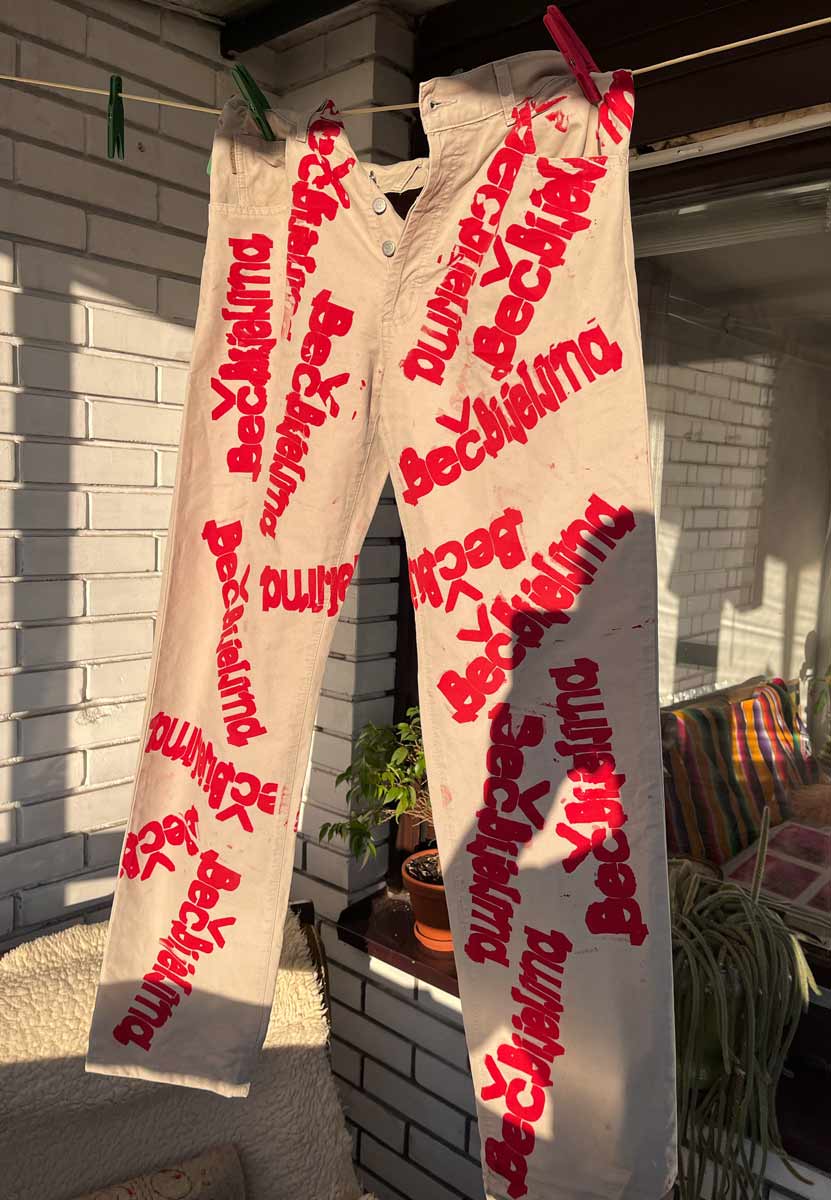

The following text contains the ‘subject and initial explanation’ of the topic that was presented on April 6, 2023. Since then, the content has been developed in more detail.
“Young and avant-garde artists play a vital role in the cultural landscape of every big city. The abundance of exhibitions, galleries, museum showcases, and events draws these artists, providing them with numerous outlets for creative expression. However, life in major global cities comes with intense competition, limited opportunities for solo exhibitions, expensive rents for both living and gallery spaces, and sometimes difficult living conditions. Many artists are well aware of these challenges, but they still opt to live in the metropolis.
My longing to explore the world has been a part of me for as long as I can recall. Living in foreign countries has been a way for me to satisfy that desire. I have studied and worked in several major cities, including Amsterdam, Paris, Berlin, Vienna, New York, and Mexico City. Through these experiences, I have come to appreciate both the allure and the challenges of these cities, prompting me to consider the idea of moving to a ‘less glamorous’ location. I wondered if such a move would impact the quality of my artistic work, if I would become isolated from the art world, and if I would lose valuable contacts. However, in 2016, I decided to make the move to Bijeljina, a small town in northeastern Bosnia and Herzegovina.
Surprisingly, this life-altering decision did not hinder my artistic work; on the contrary, it enhanced it. Freed from the pressures of big cities, I found a new sense of freedom and an even stronger creative drive. I made the conscious choice to focus on smaller towns for my future projects. Small towns have been experiencing a decline in population due to migration to larger cities. What may seem unattractive about these smaller towns, such as decreased population, was remarkably appealing to me because of the surplus of vacant properties. For instance, in cities in eastern Germany like Görlitz and Zeitz, or in places like Kozarska Dubica, Orašje, Bihać, or Foča, nearly half of the shops, warehouses, and factories remain unused.
During my master’s studies, I aim to explore vacant spaces in Sarajevo, including the city center, suburbs, and surrounding villages. My goal is to repurpose these spaces in innovative ways, using them for exhibitions or pop-up events. Additionally, I plan to create a map highlighting potential locations for creative activities. If successful, this map could prove valuable to other artists, contributing to the establishment of a new environment for ongoing artistic endeavors. This project represents my efforts as a designer to present abandoned structures from a unique and engaging angle, making them more accessible to future generations of artists, regardless of their background.”
Sarajevo, April 6th, 2023
Interaction/ Typography in Space
I’m presenting projects that were created in the last few months during my stay in Sarajevo. These are small interventions that involve posters, printing on shirts, and other products. I would like to mention that all of these products could be available for sale in the pop-up store.





Putting up posters with expressive fonts in the center of Sarajevo.






The Sports and Dance Club ‘Slavija’ from the eastern part of Sarajevo has commissioned me to design and screen-print a new logo for the club’s shirts. Inspired by the Sarajevo Field, its typical patterns, and traditional shapes, I created a font that, on one hand, embraces traditional forms and, on the other, conveys a cool and modern vibe.






Putting up posters with expressive fonts in the center of Sarajevo.




A short video clip with distorted audio sound inspired me to create a font that recalls the distinctive elongation of the city’s name, ‘Sarajevo,’ reminiscent of the Olympic mascot Vučko’s howl. The statement ‘Sarajevouououuuu’ that I’ve written is used for various motives for printing on shirts, which can certainly be utilized for the future pop-up store.



